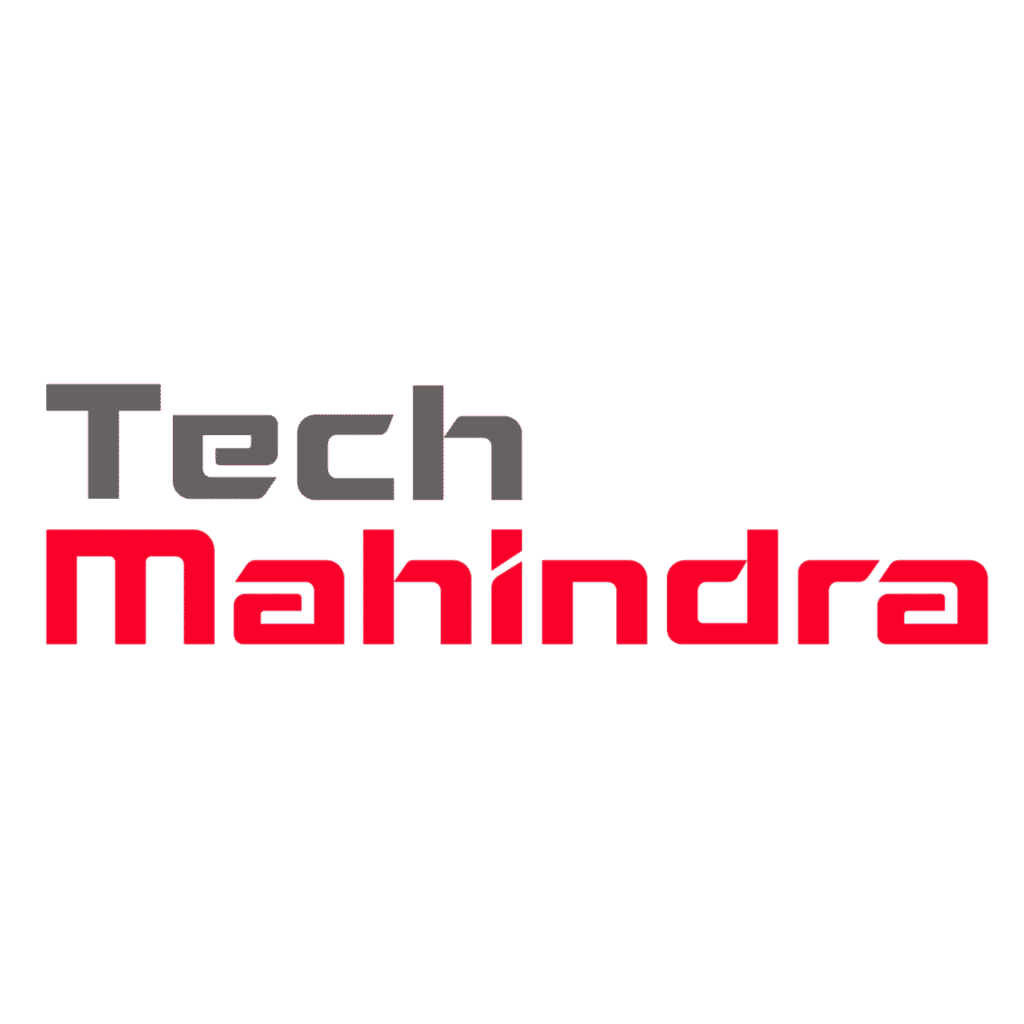Machine Learning in Data Science course in Bangalore with 100% Placement Assistance

Overview
- Next Batch - New Batch Every 10 days
- Course Duration - 1.5 Months
- Modes of Training - Online/ Offline
- Projects - Available
- Personal Mentoring
Approved and endorsed by NSDC
200 Hrs of Employability Lab
100% Placement Calls Guarantee
Machine Learning in Data Science course in Bangalore with 100% Placement Assistance
In the dynamic landscape of data science, the symbiotic relationship between data science and machine learning is paramount. This integration is driving us toward a data-driven future in which transformative insights can be generated by the combination of machine learning and data analytics technologies.
The Intersection: Data Science and Machine Learning
The concept of “Machine Learning in Data Science” sums up a field in which pattern recognition and predictive modeling serve as the foundation for analytical procedures. This combination of disciplines is more than just two approaches coming together; it’s a powerful force that takes organizations to new heights in terms of decision-making and problem-solving.
Data Science and Machine Learning Making Data Driven
The story of machine learning and data science is one of empowerment. In this story, data—which was formerly a passive entity—becomes an active agent that directs organizational responses and strategies. This collaboration allows for proactive and flexible decision-making by forecasting future trends in addition to analyzing past data. When data science and machine learning are combined, data becomes the true engine of innovation.
The Patterns: Data Analytics and Machine Learning
Finding significant patterns in large datasets is the core of this synergy. Machine learning goes beyond data analytics by identifying intricate patterns and forecasting future outcomes, while still providing insight into past trends. The combination of machine learning and data analytics makes sure that every bit of information helps with both foresight and hindsight.
The Python Paradigm: Python for Data Science and Machine Learning
Python, a versatile and powerful programming language, serves as the backbone in this data science and machine learning ecosystem. Because of its vast library and flexibility, it is the preferred language for conducting analyses and implementing algorithms. The phrase “Python for Data Science and Machine Learning” is more than just a claim; it is proof of the usefulness and effectiveness that Python provides to the field of data-driven discovery.
In conclusion, “Machine Learning in Data Science” acknowledges the transformative synergy that results from the intersection of these fields rather than merely contrasting terms. This collaboration turns into an indicator that helps us navigate the complexities of data, pointing the way toward efficiency, creativity, and a future where data-driven insights inform the choices that impact our world.
Business Intelligence & Data Warehouse concepts
BI /DW Lifecycle
Requirements gathering
Data Modeling (Dimensional)
Real time hands on work to understand Data Visualization
Career Opportunities discussion and guidance
Fundamentals and Excel interface
Charts
Pivoting
Excel features / Data quality
Data Protection
Excel functions
Data population and error handling
Automation
Conclusion
RDBMS
SQL Basic
SQL Advance
Setting Python in Windows
Introduction to print()
Variable and Data Type
Enumerators, operators, building basic expressions
More print(), input()
String data type indexing and slicing
Program flow controls
Loops
Data structures – List, Dictionary, Tuple, Set
Introduction to functions
Exception Handling
Object Oriented Programming concepts
Reading from text files and writing to text files, .csv files
URL Libraries
Introduction to Data Analysis and Visualization
Shape of the Data
Multivariate Data
Plotting Data
Tools And techniques
Case Study
Other tools and Techniques
- Asking the right questions through right data
- Learn data classification and co relation.
- Concepts of Business Intelligence / Data Warehousing Lifecycle, Requirements gathering & Dimensional Modelling on real life scenarios.
- Technical part of analytics process – data gathering, cleaning, processing, storing & visualizing.
- Data modelling, storage and display.
- Strong foundation with Python programming
- Advanced programming using Maths Statistics and Python libraries
- Artificial Neural Networks
- Artificial Intelligence
- Application of learning through live assignments.
Placement Companies








































